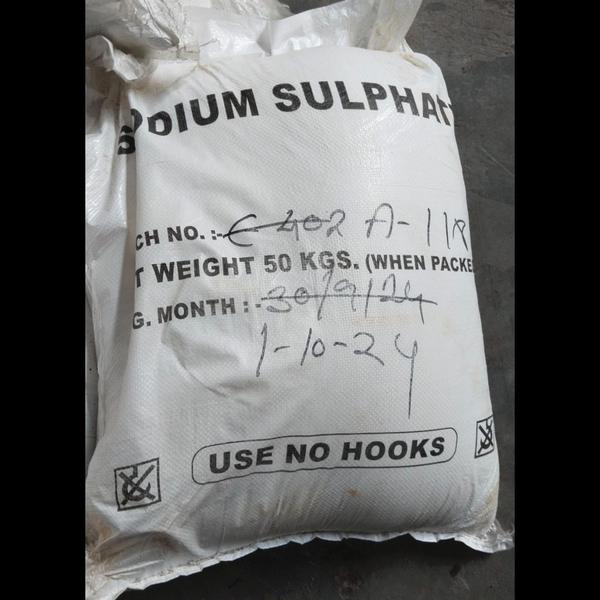future government policy for TAN (Tax Deduction and Collection Account Number) and how it might affect businesses. While there’s no separate new policy solely for TAN, it's being transformed under India’s broader PAN 2.0 reform initiative. Here's how that shapes future developments and their implications for businesses:
Key Policy Update: PAN 2.0 and TAN Integration
What is PAN 2.0?
This is a significant digital overhaul initiated by the Government of India to modernize and streamline taxpayer identification systems. Under PAN 2.0:
PAN will become the single, unified identifier for all tax-related functions—including TAN and TIN.
A single unified digital portal will handle everything from PAN/TAN application and updates to validations and grievance redressal — currently fragmented across multiple platforms.
India Briefing
ETGovernment.com
Business Standard
A QR-enhanced PAN card, free of cost, will be issued to all taxpayer types. Existing PANs remain valid.
The Economic Times
India Today
The initiative is budgeted at ₹1, 435 crore and aims for system deployment within about 18 months.
ETGovernment.com
India Today
The Times of India
Enhanced data security through a PAN Data Vault, paperless processes, eco-friendly operations, and a dedicated helpdesk support system.
ETGovernment.com
The Economic Times
Business Standard
A key industry comment highlights the importance of this shift:
“They used to say they don’t want different [identification] numbers, [that] a single number would be beneficial....All PAN/ TAN/ TIN will be clubbed under this system.”
India Today
Additionally, as highlighted by LEI.net:
“In future, the Permanent Account Number (PAN) will serve as the central tax identification number and replace previous numbers such as TAN (Tax Deduction and Collection Account Number) and TIN.”
LEI.net
Impact on Businesses
1. Simplification & Efficiency
Businesses will now use a single identifier (PAN) across all tax interactions—GST filings, TDS/TCS processes, e-invoicing, company registrations, and more.
Consolidation into one portal means faster, more efficient service delivery with fewer redundancies.
India Briefing
The Economic Times
2. Cost and Time Savings
No need to maintain separate documentation or apply separately for TAN and PAN.
Completely paperless processes result in tangible savings and reduced turnaround times.
Think with Niche
Business Standard
3. Stronger Security & Governance
QR code–enabled PAN cards and a centralized data vault provide better system integration, reduced fraud risk, and improved audit readiness.
Business Standard
ETBFSI.com
4. Better Support & Accessibility
All services through a unified portal; dedicated helpdesk for grievances ensures businesses have more reliable support mechanisms.
The Economic Times
TaxGuru
Summary: PAN 2.0's Business Advantages
Benefit Area Business Impact
Identification Simplicity One number (PAN) used universally instead of PAN + TAN (+ TIN)
Operational Efficiency Faster, streamlined processes with reduced paperwork
Cost Efficiency Eliminates duplication and reduces resource usage
Ease of Compliance Simplified filings across tax regimes and govt systems
Enhanced Security QR-enabled cards + centralized data management ensure data integrity
Improved Support Unified grievance resolution and helpdesk access
Business Actions to Prepare
Stay informed: Track updates from the Income Tax Department regarding timeline for full PAN 2.0 rollout.
Upgrade PAN when prompted: Although current PAN remains valid, opt for the upgraded version once available to benefit from QR integration.
Train your team: Prepare your finance/tax staff for the transition to the single unified portal.
Update systems: Ensure your ERP/accounting systems can integrate with the upcoming platform and associated APIs.
Leverage support: Use the helpdesk for any onboarding or grievance issues during rollout.



